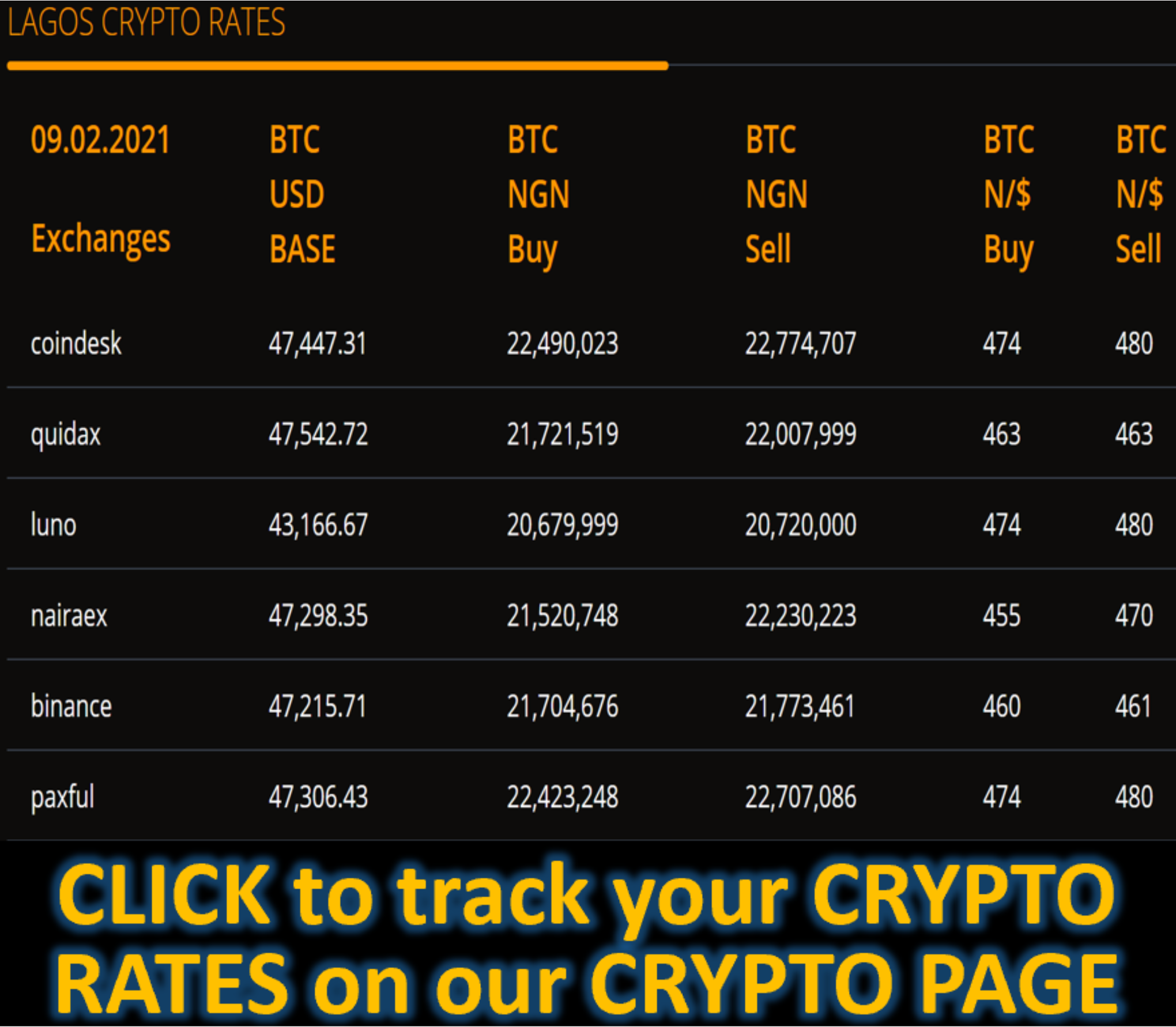Aboki News
NOVEMBER
21,
2017
NOVEMBER
21,
2017
NOVEMBER
21,
2017
NOVEMBER
21,
2017
NOVEMBER
21,
2017
NOVEMBER
21,
2017
NOVEMBER
21,
2017
NOVEMBER
21,
2017
NOVEMBER
21,
2017
NOVEMBER
09,
2017









